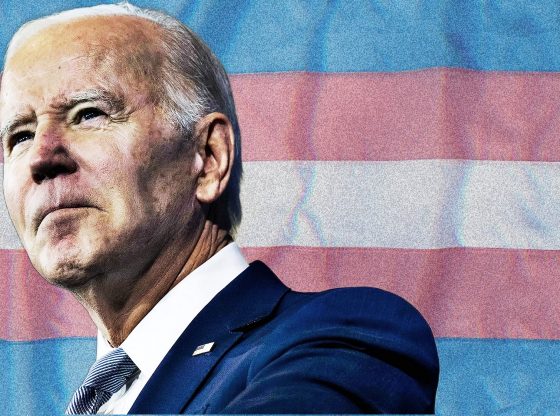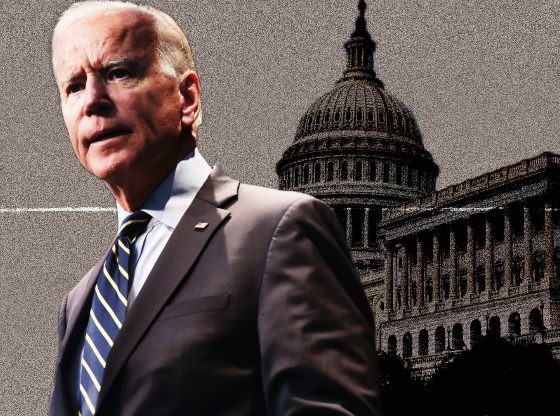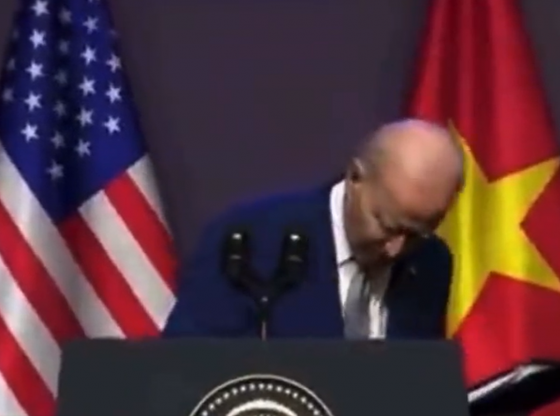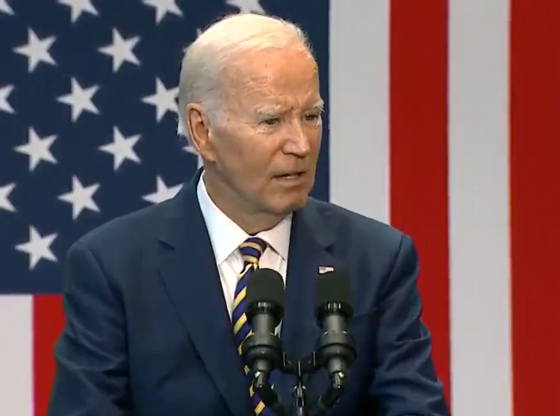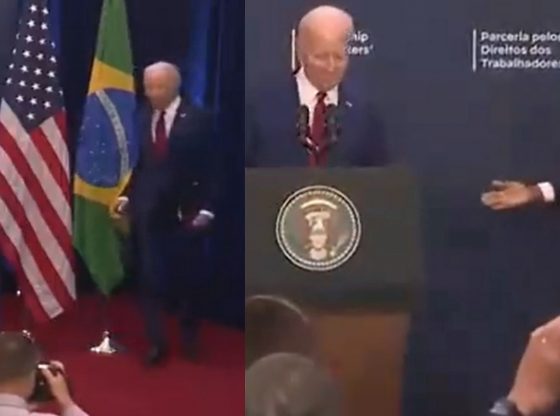President Joe Biden’s plan to forgive student loan debt, seen by many as a payoff to his largely wealthy supporters, will cost taxpayers an estimated $558.8 billion over the next ten years.
That finding, from the nonpartisan Penn Wharton Budget Model, is more than double the $276 billion cost the nonpartisan Congressional Budget Office found in its initial estimate.
The PWBM also finds Biden’s plan will drive college students to rack up billions of dollars per year in additional student loan debt, expecting to also get a bailout.
That crippling price tag, for what is seen as an election-year voter payoff, drew a sharp rebuke from some in Congress.
“Make no mistake, Biden’s newest student loan scheme only transfers the burden from those who willingly took out loans to Americans who never attended college or who already fulfilled their commitment to pay off their loans,” said U.S. Sen. Bill Cassidy (R-LA). “This IDR rule is as irresponsible as it is unfair.”
Biden’s plan comes after the U.S. Supreme Court ruled illegal his initial scheme that to shift hundreds of billions of dollars in student loan debt, held largely by his supporters, onto taxpayers who largely did not vote for him.
A statement from Cassidy reports the IDR rule:
Reduces payments to 5%, from 10%, of borrowers’ discretionary income monthly on undergraduate loans [(Total Income)-(Expenses)=(Discretionary Income)].
Raises the assumed amount of expenses to 225% of the Federal Poverty Line from 150%, increasing likelihood that a borrower would have no discretionary income and an expected loan payment of zero.
An individual would need an income above $32,805 before being expected to pay anything.
A family of four would need to have total income over $67,500 in 2023 (roughly equal to the median income of all households in the US) before being expected to pay anything.
Covers unpaid monthly interest for loan payments less than the full amount, including zero payments, preventing the loan balance from growing.
Forgives loan balances after 10 years of payments, instead of 20 years, for borrowers with loan balances of $12,000 or less. Adds one year for every additional $1,000, capping at 20 years for undergrad, 25 years for graduate loans.
Lacks any guardrails to prevent households making over $250,000 a year from collecting taxpayer-funded assistance if they file taxes separately.
Cassidy also reports:
Under this change to an originally targeted program, 91% of new student debt would be eligible for reduced payments and eventual transfer to taxpayers.
On average, only $0.50 on every $1 borrowed will be repaid to taxpayers.
This rule will turn the federal student loan financing system into a poorly targeted taxpayer-funded grant program.
Even those who can fully afford their education would be leaving money on the table by not taking out loans they could expect to eventually be paid off by taxpayers.


